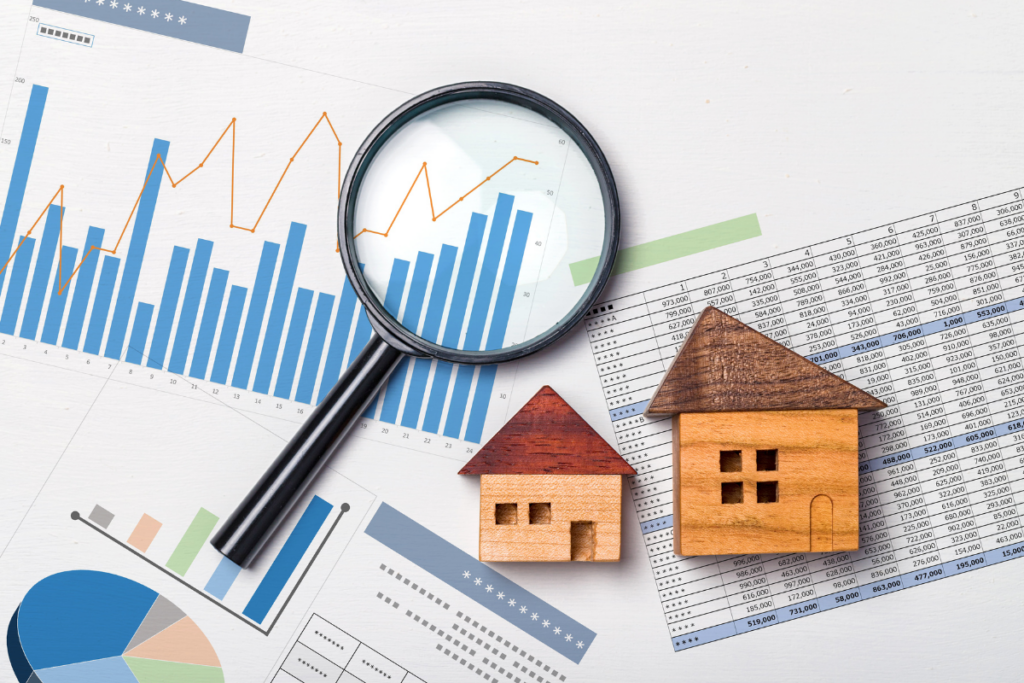The global real estate market is experiencing dynamic changes, with varying price growth rates depending on the region. Montenegro stands out with a significant surge in property prices, outperforming the European Union average, while global trends indicate more moderate growth.
Montenegro: Rapid Property Price Growth
According to data from Monstat, property prices in Montenegro rose by 20.8% in 2024, a substantial increase compared to the EU average of 3.6% for the same period.
In Podgorica, properties under construction are being sold at prices ranging from €1,900 to €2,500 per square meter, while prime locations in the city can reach up to €5,000 per square meter. In Tivat, market prices can go as high as €14,000 per square meter, although official statistics cite an average of around €3,500.
This price surge has been influenced by several factors, including rising costs of construction materials, increased construction expenses, favorable loan conditions, wage growth, and geopolitical events such as the war in Ukraine. The heightened demand—particularly from Ukrainian, Russian, and Turkish citizens who relocated to Montenegro in recent years—has further contributed to price growth.
Additionally, the arrival of a large number of digital nomads and investors who see Montenegro as a safe and attractive destination—thanks to favorable tax policies and an affordable lifestyle—has boosted demand even more. Tourism, as a key economic sector, also plays a role in driving property prices up.
If you’re interested in investing in real estate in Montenegro, Gradient can help you find the perfect property—whether it’s a luxury seaside residence or a centrally located apartment.

Europe: More Moderate Price Growth
In the European Union, household real incomes continue to improve, stimulating demand and property price growth. However, the pace remains more moderate compared to Montenegro. For instance, in the Netherlands, price growth is expected to slow from 13% to 8–10% in 2025, while in Germany and Spain, forecasts show an increase of 2–4%.
Some EU countries, such as France and Germany, are seeing signs of stagnation or even price declines in certain market segments due to high inflation and rising interest rates. On the other hand, Scandinavian countries continue to experience steady growth, while major cities like London, Paris, and Berlin face challenges related to housing affordability.
Global Trends: Focus on Specific Markets
According to analytics agency Fitch Ratings, global real estate prices are expected to grow at low to mid single-digit rates over the next two years. The strongest growth is forecasted in the Netherlands, Canada, Brazil, and Mexico, driven by factors such as government support programs and rising wages.
In the United States, the real estate market is stabilizing after a period of large fluctuations. Following a steep price surge during the pandemic, certain states are now seeing slight declines or stagnation. Tech hubs like San Francisco and Seattle are among the few markets experiencing price drops, largely due to the widespread shift to remote work and reduced demand for urban apartments.
In Asia, China is seeing a slowdown in property price growth due to economic uncertainty and issues within the real estate sector, while Japan and Singapore remain stable with slight increases. Meanwhile, India and Indonesia are experiencing strong market growth driven by urbanization and demographic trends.

Conclusion
Montenegro’s real estate market is experiencing substantial price growth, outperforming the EU average and many other countries. Factors such as increased demand, rising construction costs, and geopolitical developments are driving this trend. While global markets show more moderate growth, countries like the Netherlands and Canada are seeing higher rates, whereas regions like China are expected to slow down.
Looking ahead, economic conditions, monetary policy, and global political developments will continue to shape the real estate landscape. In Montenegro, future price trends will depend on regulations, investment activity, and the influx of foreign buyers, all of which will influence housing affordability for the local population.
Looking to buy or rent a property?
Check out our current listings. Contact us and find your ideal home or investment opportunity!
